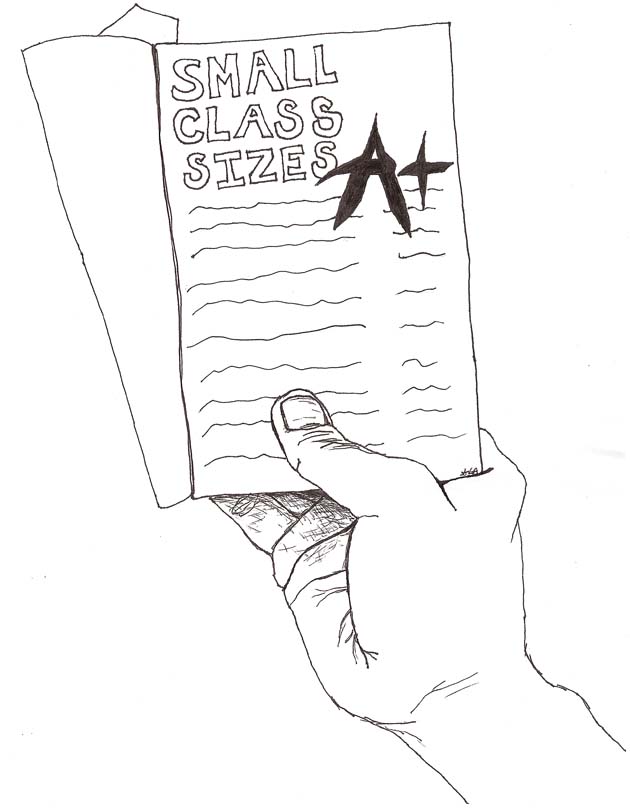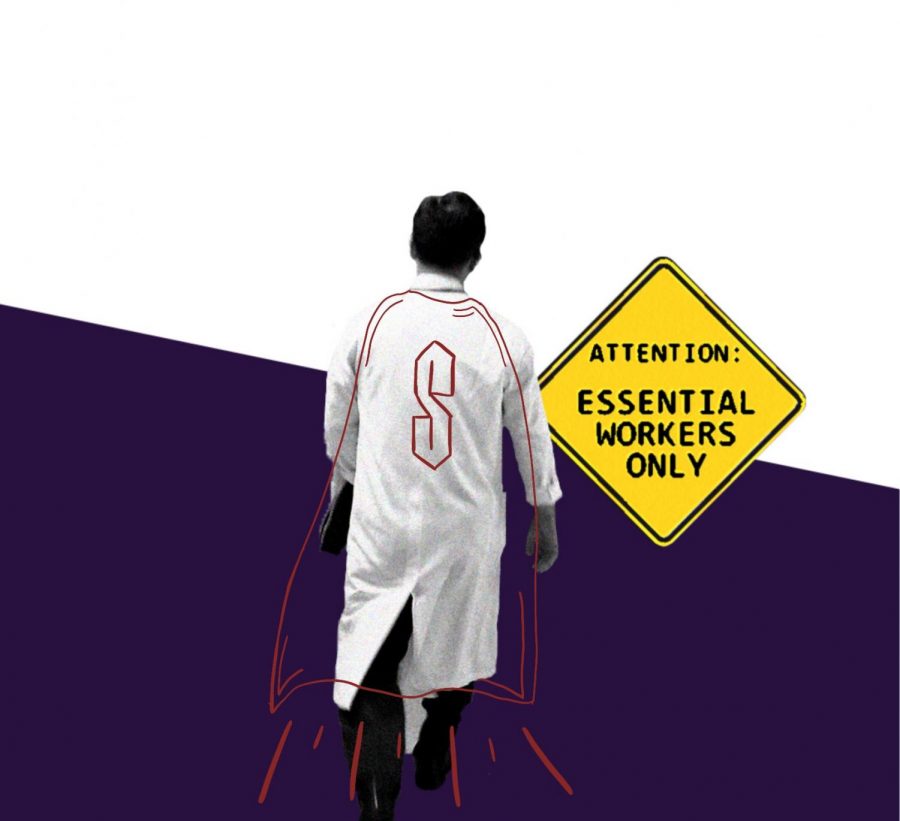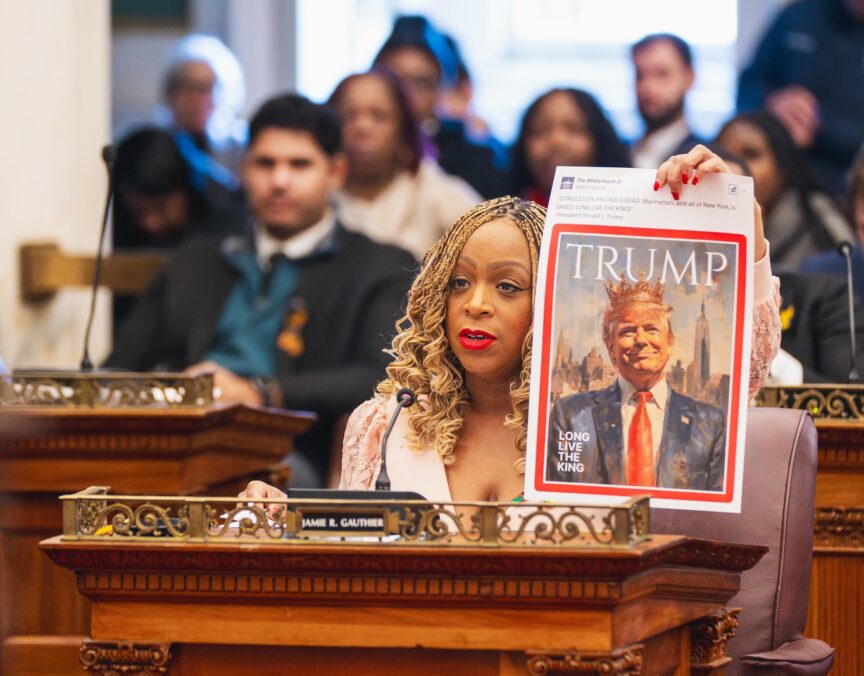This was originally written in response to a call for letters from students at my former high school; apparently, the St. Louis Public School district is planning on establishing a 120-member freshman class for the next academic year.
Metro Academic and Classical High School is a small, high-performing (on all sorts of dubiously useful tests) magnet school located just off of the Saint Louis University campus. I believe that one of the factors responsible for its high performance is the (relatively) small class sizes.
I entered Metro Academic and Classical High School with 80-something other kids, and I left Metro with 70-something peers. In my time at Metro, I would be taught in classes that held anywhere from 35 or so pupils to, well, three. The classes that would prove most enduring, however, usually held somewhere between 10 and 18 students.
I do not have specific data on this, but the class in which I think I developed most as a writer, student and intellectual probably held 12 or so students. This was the IB literature class I was enrolled in during my junior and senior years.
It was tough – oh, dear reader, it was tough – but I managed to graduate and move on to college with the ability and audacity to put thoughts down on paper.
Because the class and the teacher’s overall flock of students were relatively small – he could afford to look over drafts, give advice and return final work, graded brutally as always, within the week.
As a result of this, I learned how to write down my ideas and (a) have them make sense, (b) make them readable and (c) learn something in the process. My thoughts on the practicality of the so-called ‘new-criticism’ aside, I would not be who I am today without that sort of education.
As a student at SLU, I have made small-class-size a large factor in deciding which classes I will enroll in for the next semester.
I could extol the values of the small class size (at all levels of education) for hours, but I will just say this: Nothing damages the process of learning faster than too many people in each classroom. This is why I was surprised to be told that Metro was accepting 120 students for the next academic year.
Far be it from me to deny deserving students their education, but an overcrowded Metro education will not be a Metro education. Stick too many people into those already-small classrooms and teachers will not be able to provide the kind of attention I was lucky to receive.
In my larger classes, such attention was not possible, and the lack of attention at those levels would then make it harder to perform well even when I landed in a small class – extra catch-up work (on both the class and the teacher’s part) became necessary.
We should not have to be going over the basics of thesis statements year after year, but because freshman classes were over-crowded, it had to happen. Smaller class sizes would have meant that we could have moved on and begun tackling more advanced issues.
I do not think this is an insurmountable problem, but I also know it will not be an easy one to fix. All students should be able to have a Metro-quality education, in their own schools no matter the district or city or country, but if they are all crammed into a little building, they will actually be prevented from acquiring those benefits that should rightfully be theirs.
Serious money will need to be spent on improving existing schools, hiring new teachers, even building more schools.
This all needs to be done in the name of smaller class sizes – at a “the freshman class has 120 members” level just as the “my Geometry class has 35 people in it” level.
I remember being thrilled to discover that I had been accepted into Metro, but these 120 new members of the Metro community should realize that once the excitement dies down, they have not been accepted into the Metro they struggled to get into.
Noah Berman is a sophomore in the College of Arts and Sciences.















